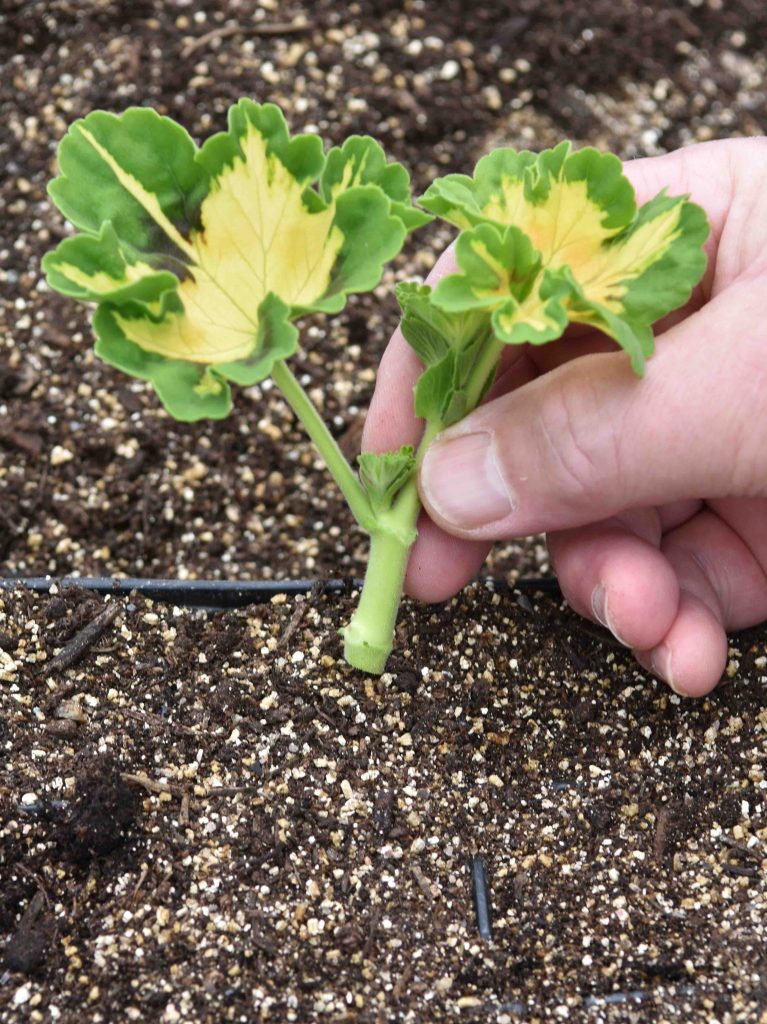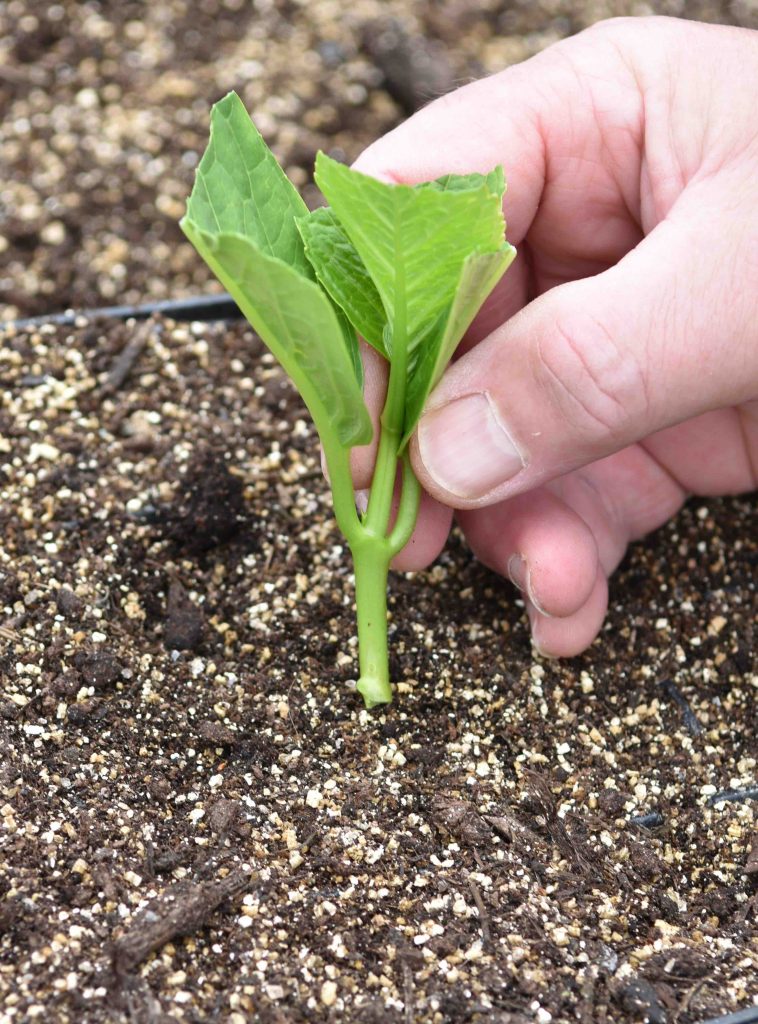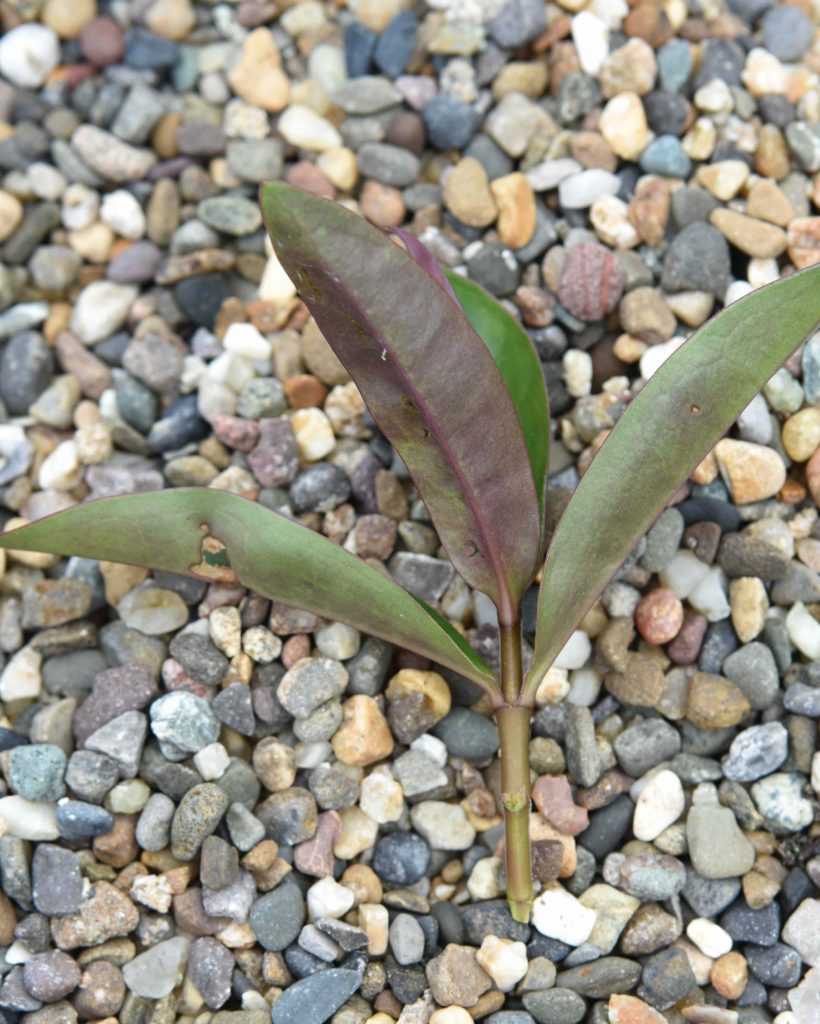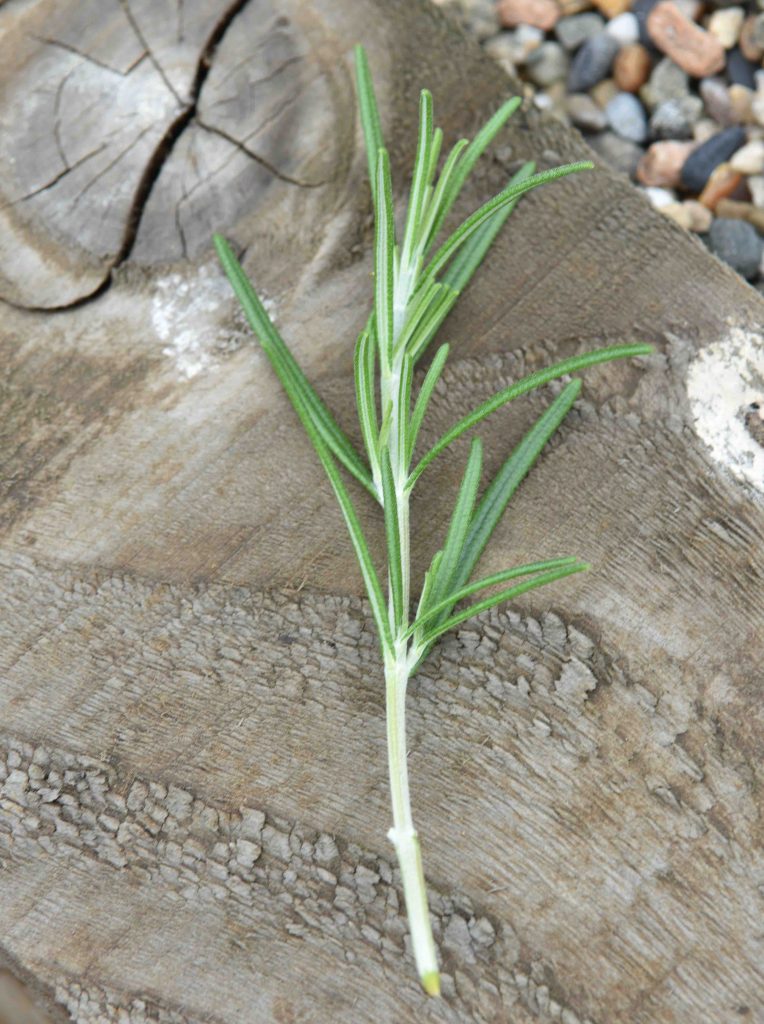For some of us, our summer gardens are more or less a thing of the past. Heat and dry weather has put paid to summer flowers. But we need not dwell on the past. Gardeners are always looking to the future.
And now is the ideal time to take cuttings and make some free plants. August is the month to take cuttings of most tender bedding plants and lots of shrubs. So whether you want to produce some new plants for yourself or for your local plant sale, get started now.

What you will need
You don’t need a lot of special equipment but it is worth gathering the following:
Compost: I use a mix of equal parts multipurpose compost and vermiculite or Perlite. Use good quality, fresh compost. You can use gritty sand instead of the vermiculite or Perlite but the latter are easy to buy and easier to use.
Pots and trays: I use cell trays but you can use any small pots. They do not need to be deep but they do need drainage holes.
Rooting hormone: I rarely use this but some people like to use it. If you do use it then buy it fresh each year because it does not last for ever. Buy some when you get your compost and perlite at Nags Hall. Do not use it on pelargoniums (photo above).
Propagator: You need something that has a base to prevent water running everywhere and a clear lid to maintain humidity around the cuttings so they do not dry out. You do not need a heated propagator at this time of year. You can often get creative with plastic debris that would otherwise go in the recycling or you can buy inexpensive propagators. You can put the pot in a plastic bag or use a 2 litre plastic drink bottle, cut in half, as a great propagator for a single pot, using the cap as a ventilator.
Knife: You need secateurs to remove the shoots from the plants and a sharp knife. I prefer to use the cheap craft knives often sold in packs because they are sharp and disposable. If you are better at keeping your garden knife sharp then use that but a very sharp knife is essential.
Windowsill: Once your cuttings are in the propagator you need to place them somewhere shaded. Full sun is not ideal because the cuttings can cook in the propagator.
Watering can with a rose (sprinkler): You need to be able to water the cuttings gently. There should not be a need to ‘mist’ the cuttings every day but if you have a mister it can be useful.
Taking the cuttings
The cuttings must not wilt before you get them in the compost so collect them after you have prepared your pots and take them on a cool day or first thing in the morning. Most of the cuttings we will take root from the nodes (where the leaves are attached to the stem). So we will trim them just below the node. The lower leaves are carefully cut off and the cutting will be about a 5-10cm long with several leaves remaining. If there are flower buds then these should be removed. If the growing tip is very soft then that can be removed too.
The base of the cutting needs air as well as moisture so do not insert them too deeply. Usually only the lower 1cm of stem needs to be in the compost – just deep enough to keep them upright.
Pelargoniums
There are fancier and newer plants but I still rely on pelargoniums (often, wrongly, called geraniums) for summer colour and they are easy to root. But they do break a few rules and the cuttings can be allowed to wilt slightly and it is best NOT to use rooting hormone. Trim the lower leaves off, remove any flower buds and remove the leaflike stipules from the stems – see photo above. After putting them in the compost, water well but do not keep the leaves wet all the time by misting. This will lead to rot. They will root in about a month and then need to be kept cool and bright over winter but away from frost. You can pot them up in spring.

Hydrangeas
Hydrangeas are easy to root. But the leaves are large and cuttings can wilt so it is usual to cut across the leaves to reduce their surface area. They root quickly and the plants should be kept cool but free from frost over winter.
Hebes

Hebes root easily too and because they, and penstemons, are slightly tender, if you take cuttings now you can be sure of young plants to put out in spring if you do lose your old plants.

Rosemary
Shrubby herbs including lavender, sage, thyme and rosemary can all be propagated by cuttings.
Aftercare
Lift the lid of the propagator every now and then to let out excess moisture. Keep the compost moist and mist the cuttings if they are always wilting. Put them somewhere cooler and in more shade.
Cuttings can be rooted in as little as a few weeks or may take many months. It can be tricky to tell when they are rooted but basically they will stop looking wilted and will look perky and ‘brighter’ when they have rooted. Do not keep pulling them up to check! There is more on this on my personal blog here.